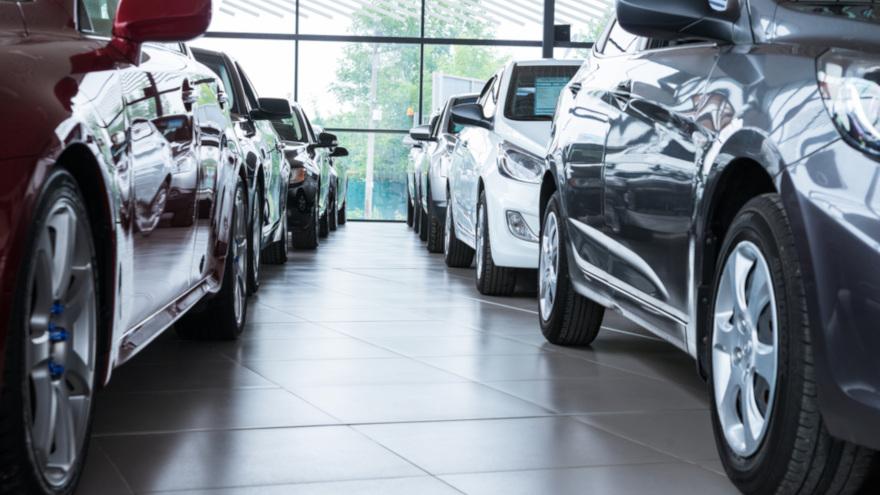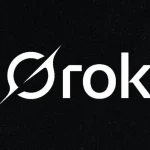Come Prepared, Leave Happy
Visiting a car dealership to purchase a new or new-to-you vehicle can be stressful, especially if you aren’t prepared. But when you come knowing exactly what to expect and are armed with everything you need, you’ll leave feeling satisfied with your experience, and hopefully in a vehicle you love.
Follow our advice for getting the most out of your trip to your local new or used car dealership.
Work on Your Credit
To be eligible for a low-interest car loan, you’ll need to have the best possible credit. You can work toward improving your credit before it’s time to purchase a vehicle.
First, check your credit with one of the major credit reporting bureaus. If it’s below 650, you will want to improve your score before you purchase a vehicle. You can improve your score by paying down existing debts and making on-time payments.
Know What You’d Like to Test Drive
Before your appointment at the car dealership of your choice, take a look at their website to see what vehicles are available for sale. It doesn’t matter if you’re looking for a used or new vehicle. You’ll save a lot of time if you can present a list of the ones you’re interested in.
Be sure to jot down the inventory number of each one for quick reference at the salesperson’s desk. If you aren’t sure which vehicles on the lot you want to take for a spin, bring along a list of features you must have in your next vehicle, such as heated seats, four-wheel drive, a bedliner, sunroof, or touchscreen infotainment system, and your salesperson can help you narrow down your choices.
Bring All Necessary Documents
Regardless of whether you’re pre-approved for an auto loan at your local bank or if you’ll want the dealership to do the legwork for you to get the best loan rates and terms, you need to bring all the necessary documents with you.
Some dealerships require that you prove your income in addition to checking your credit score. If this is the case, bring along printouts of your last four paystubs, your job offer letter from your employer, or a letter from human resources confirming your employment.
If you’re trading in a vehicle, be sure to bring all the sets of keys you have for it, as well as your current title, registration, and proof of insurance.
Determine Your Down Payment
Part of your budgeting should include determining how much your down payment will be. The lower the down payment, generally the higher your loan amount and monthly payment will be. Increase your down payment to lower your monthly installments.
Know exactly how much you can put toward your down payment before stepping foot in the dealership.
Clean Out Your Trade-In Before You Go
If you’re trading in your existing ride for a new or new-to-you vehicle, then you’ll want to go ahead and clean it out of all your belongings before you head to the dealership. This will save you time when you complete your paperwork.
And, a cleaned-out car is easier to assess value for, so you may get a better return on your trade-in offer.
Be Firm on Your Budget
Before you even consider buying a vehicle, you need to make sure you can afford it. One of the best ways to determine whether you can afford it is to take a look at your monthly budget and see how a car payment might fit into it.
You can calculate estimated monthly payments using one of many online car loan calculators. Then, compare it to your monthly income and other expenses.
When you have an affordable number in mind, stick to your guns when you visit the car dealership. You do not want to purchase a vehicle that prices you out of your financial comfort zone. Instead, you want a reliable vehicle you love and can afford without struggle.
Don’t let the salesperson convince you otherwise. (If you’re lucky enough to find a no-haggle dealership, like the most popular Ford dealer in Kansas City, you won’t have to worry about this.)
Ask for What You Need
Even if you visit a no-haggle dealership, you can be upfront with the salesperson you’re working with about what reasonable measures it will take to get you into a vehicle today. For example, you can be insistent about your budget, ask for a couple free oil changes, request a full tank of gas upon purchase, or inquire about adding an inexpensive aftermarket feature to your vehicle, such as remote start or a tonneau cover on your pick-up truck. The worst they can say is no.
As long as your requests are reasonable, there’s no harm in them. However, if you’re asking for thousands of dollars off on a vehicle, a bunch of free stuff, and other outlandish requests, don’t count on getting your desires met.







